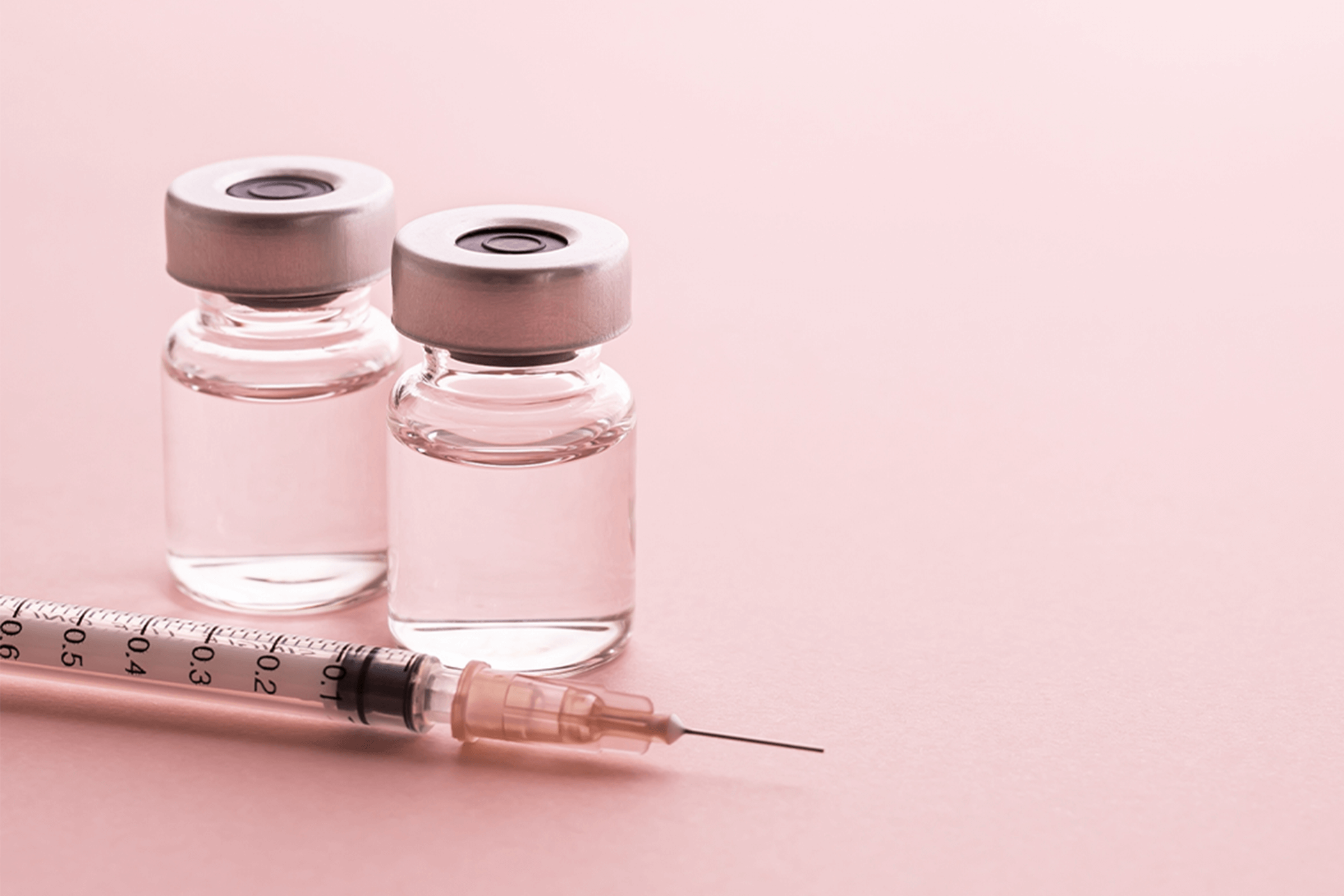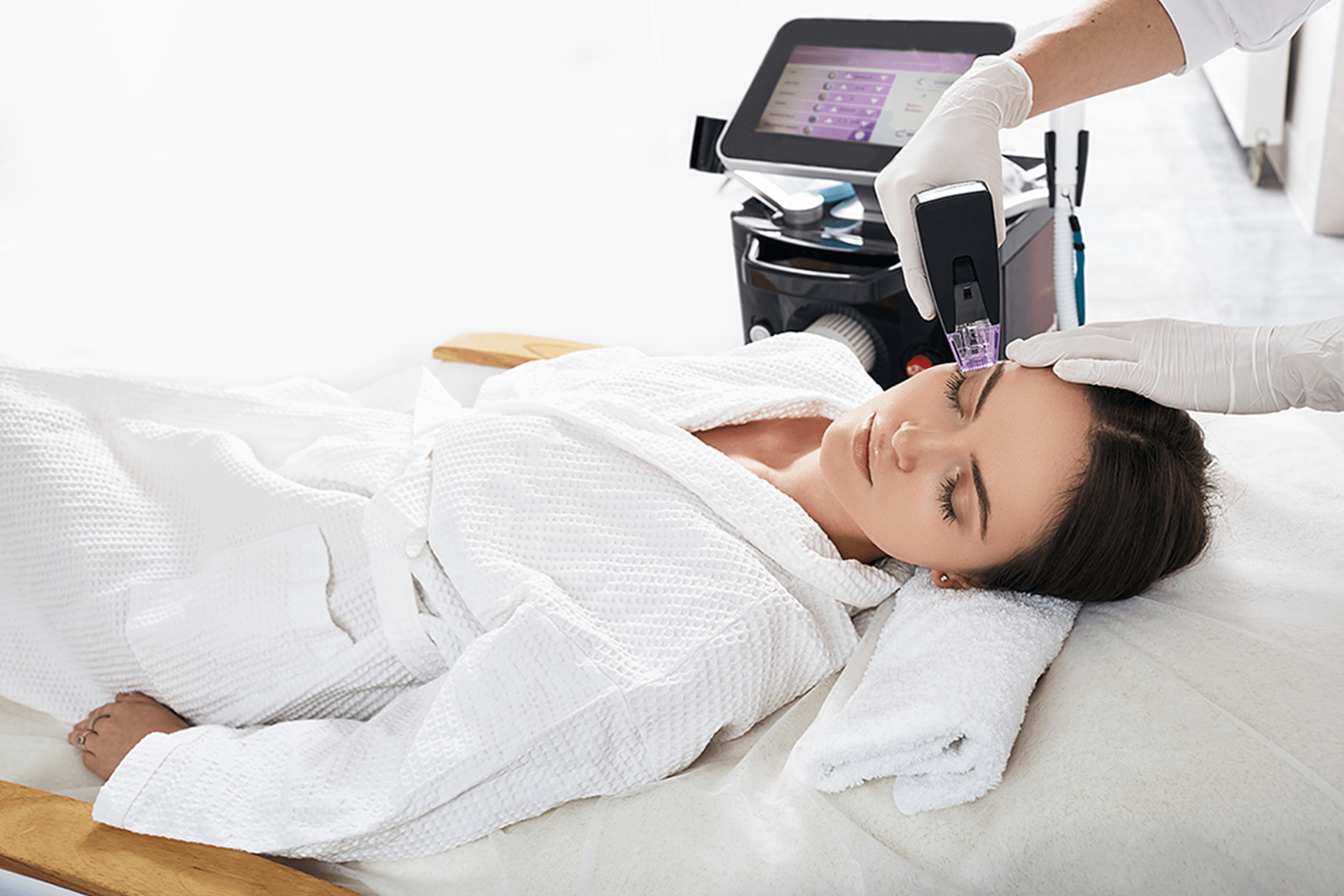Types of Neurotoxins: What You Need to Know

When it comes to smoothing fine lines and softening expression wrinkles, neurotoxin injections remain one of the most trusted solutions. But not all neurotoxins are the same. If you're exploring aesthetic treatments, then understanding the different types of neurotoxins and how they work is key to making an informed choice.
In this guide, we’ll break down what neurotoxins are, explain the four main types used in aesthetic medicine, and help you understand which may be best for your needs.
What Are the 4 Types of Neurotoxins?
Most cosmetic neurotoxins used in dermatology and aesthetics are derived from botulinum toxin type A, produced by the bacterium Clostridium botulinum. These neurotoxins work by temporarily blocking nerve signals to the muscles, reducing muscle contraction and softening wrinkles caused by frowning, squinting, and smiling.
The four FDA-approved botulinum toxin type A products for aesthetic use are:
- Botox® (onabotulinumtoxinA)
- Dysport® (abobotulinumtoxinA)
- Jeuveau® (prabotulinumtoxinA-xvfs)
- Xeomin® (incobotulinumtoxinA)
Each of these has the same core active ingredient but differs in manufacturing, molecular structure, formulation, and diffusion characteristics.
Types of Neurotoxins and Their Functions
Here’s a closer look at how each product works, how it’s used, and what sets it apart:
Botox®
The most recognized name in neurotoxins, Botox is widely used to treat glabellar lines, crow’s feet, and forehead wrinkles. It contains complexing proteins that stabilize the active ingredient and contribute to its unique properties.
Botox is known for its precision and is often used in areas requiring controlled diffusion. It typically takes effect within 3 to 5 days and lasts up to 3 to 4 months. Many providers consider it the gold standard in wrinkle reduction.
RELATED BLOG: 5 Myths About Botox and Fillers You Need to Stop Believing
Dysport®
Dysport has a smaller protein size, which allows it to diffuse more broadly. This can be an advantage in treating larger areas like the forehead. It's also known for a slightly quicker onset. Results often appear within 24 to 48 hours.
Because of its diffusion, Dysport may not be ideal for smaller, targeted areas where precision is essential. However, it is effective and well-regarded by experienced injectors.
Jeuveau®
Often called “Newtox,” Jeuveau was developed specifically for aesthetic use and is structurally similar to Botox. Its formulation is optimized for cosmetic results, and it’s considered a strong option for treating frown lines and other expression-based wrinkles.
Jeuveau's onset and duration are similar to Botox, typically lasting 3 to 4 months. Its affordability and aesthetic focus make it a preferred choice for many patients seeking predictable, natural-looking outcomes.
Xeomin®
Xeomin is a "naked" neurotoxin. This means it contains only the active botulinum toxin, without any accessory proteins. This can reduce the risk of antibody resistance over time, although this is a rare concern for most patients.
Some clinicians appreciate Xeomin’s minimalist formula for specific treatment plans, though it is not as commonly used at clinics like BiologiMD.
Which Neurotoxin Is Right for Me?

The right choice depends on several factors:
- Treatment area: Some neurotoxins diffuse more than others, making them better suited for larger zones (e.g., Dysport for the forehead) or more precise applications (e.g., Botox for glabellar lines).
- Desired outcome: If you want quicker results, a neurotoxin with a faster onset like Dysport may appeal to you.
- Previous experience: If you’ve used Botox before and had consistent results, your provider may recommend staying with what works.
- Sensitivity: If you’ve had reactions or resistance in the past, your injector may consider alternatives with different protein structures.
The bottom line: it’s not about which brand is “best” but which formulation fits your goals, anatomy, and previous treatment history.
List of Neurotoxins and Their Effects
| Neurotoxin | Onset Time | Duration | Diffusion | Best For |
| Botox | 3–5 days | 3–4 months | Moderate | Precision in small areas |
| Dysport | 24–48 hours | 3–4 months | High | Larger areas like the forehead |
| Jeuveau | 3–5 days | 3–4 months | Moderate | Aesthetic-specific treatments |
| Xeomin | 3–5 days | 3–4 months | Moderate | Simplified formulation needs |
Additional Uses Beyond Wrinkles
Neurotoxins aren’t just for cosmetic wrinkle reduction. They are also used for:
- Excessive sweating (hyperhidrosis)
- Jawline slimming
- Gummy smile correction
- Lip flips
- Migraine relief
By relaxing muscles and reducing nerve activity, neurotoxin treatments have wide-ranging clinical and aesthetic applications.
What to Expect From Your Appointment
Before receiving treatment, your injector will evaluate your face and muscle movement. They’ll discuss your goals, assess your medical history, and recommend the type and number of neurotoxin injections needed.
The procedure itself takes about 10 to 20 minutes. Results start appearing in a few days and typically peak around 2 weeks. Most patients return for maintenance treatments every 3 to 4 months to maintain results.
Side effects are minimal but may include slight bruising, swelling, or redness at the injection site. Serious complications like nerve damage are extremely rare when injections are administered by qualified professionals.
Why Experience Matters
Choosing a provider who understands the different types of neurotoxins, their formulations, and appropriate dosing is critical. A skilled injector will tailor your treatment to your face, ensuring natural-looking outcomes without overcorrection.
When selecting a clinic, make sure your injector is a board-certified dermatologist or trained aesthetic specialist. This ensures safety, consistency, and optimal aesthetic results.
Trust BiologiMD for Your Neurotoxin Treatments
At BiologiMD, we focus on creating refined, natural results using neurotoxin treatments that align with your goals and facial anatomy. Our expert providers will walk you through the differences in toxin types and recommend the option that works best for your needs and preferences.
Whether you're new to injectables or seeking a better experience, BiologiMD offers trusted aesthetic care in Newport Beach, Orange County.
Book your consultation today and discover the personalized care that sets us apart.



